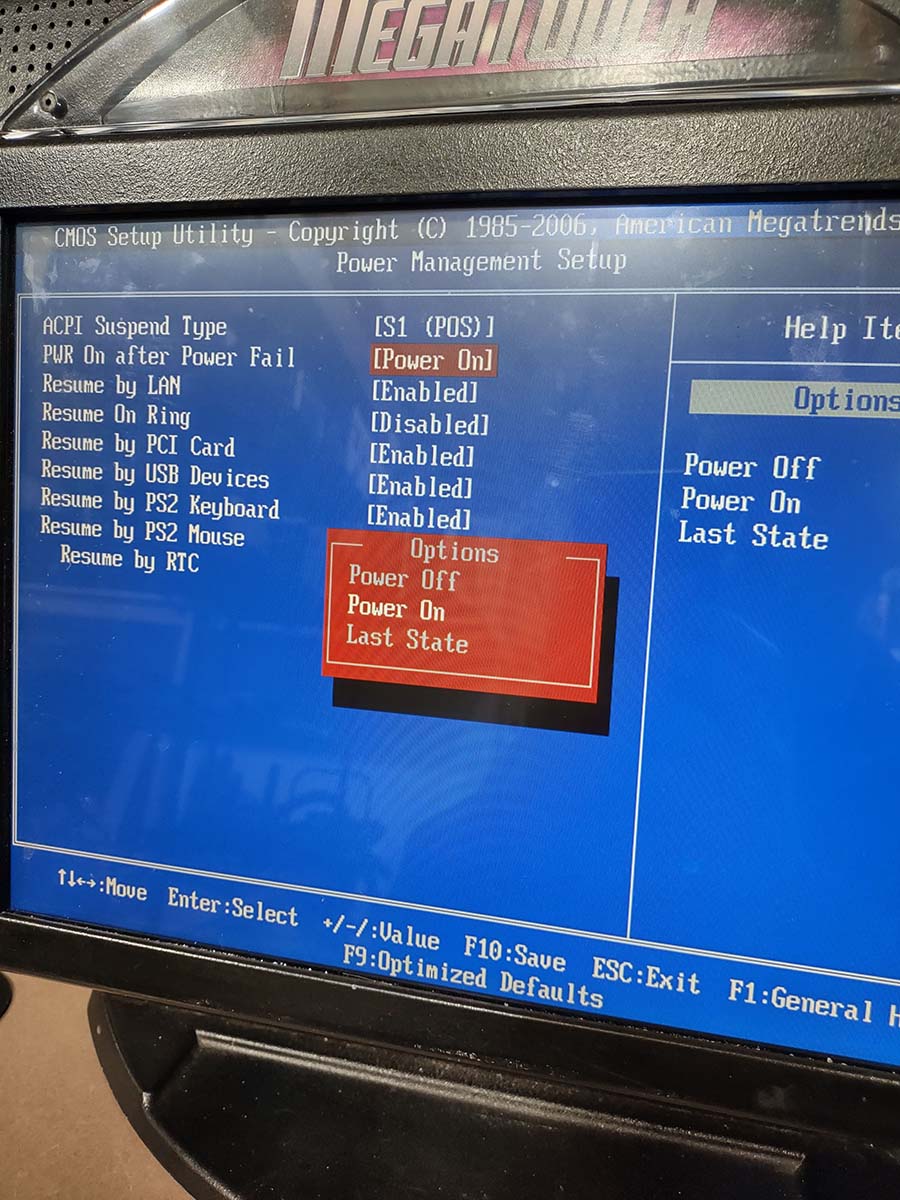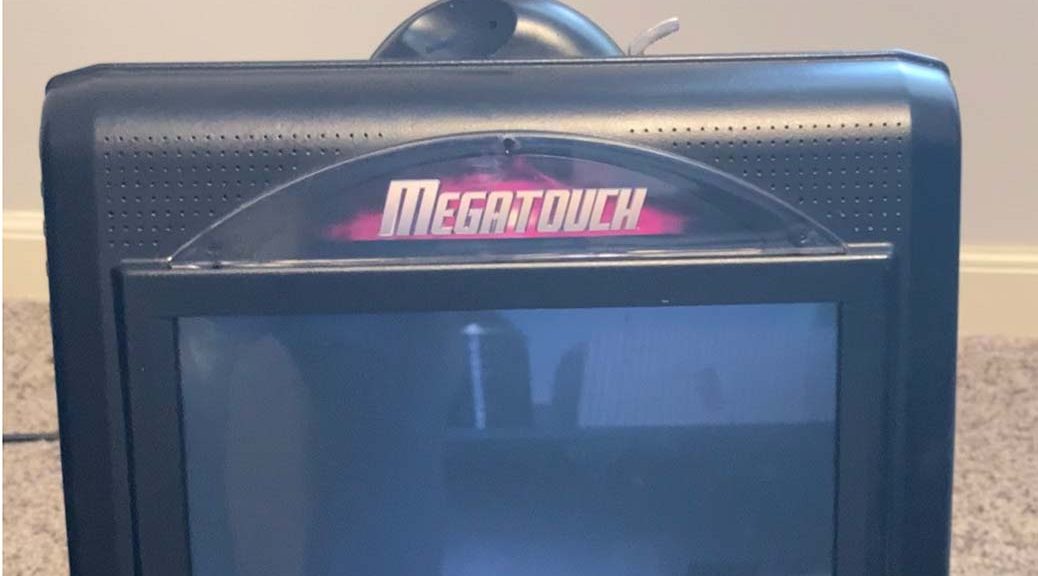Physical Computers in Physical Buildings on Physical Real Estate: Server Warehouses
Examples: AWS, …
With terms like “internet” “internets” and “cloud” it is easy to forget that there has to be something physical somewhere.
Amazon Web Services is currently the largest server owner in the world. They have huge locations around the world. You may have never actually seen one of these buildings. They are extremely high-security, so much so that they are often built in rural locations. While they cannot be completely incognito, their specific physical locations are not advertised. Physical access to these buildings is strictly controlled.
A server is just a computer with a specific purpose: to “serve” websites. Server warehouses are really just giant computer labs with rows and rows of man-sized computers (called servers), but the human users are remote. Anytime you are on the internet, you are trading information from a computer in a large server building.
Server Operating System
Examples: Linux, …
Personal computers typically run Windows or whatever Apple’s OS is called. Some geeks use Linux at home. Servers almost always use Linux as their operating system.
Physical Cables
Examples: underwater fiber-optic cables, …
Forget satellites and over-the-air smartphone data. Data transmission requires energy and transmitting data through the air is extremely inefficient. Satellite internet will never take over and the 5G on your phone goes through a fiber-optic cable all the way to the base of the cell phone tower. Intercontinental data transmission is done by underwater bundles of fiber optic cable, not satellite and not magic.
By now you have probably seem workers installing underground fiber-optic cables. They go under roads and through neighborhoods.
Physically Connecting the Cables: Routers and Core Routers
Examples: these are not common to know about or see.
Core routers are a lot like servers in that they require extremely high security. They are also typically located outside of cities but they have to be near cities, for example in the suburbs, to do their job. Core routers also look like servers. They are man-sized. Core routers have hundreds of fiber cables plugged into them. Cisco Systems is the most famous manufacturer of core routers.
There are various smaller routers throughout cities. They might be located, for example, in the small utility buildings under cell phone towers.
Routing Software Directing the Traffic: TCP/IP
Internet Protocol is the language the hardware uses to communicate to each other how to send information over the cables and routers that make up the internet. IPv4 was the original and is still dominant. IPv6 began deployment on the public internet in 2006.
Web Browser to Server in a Warehouse: Physically Finding a Website
When you type a web address into your browser, your computer takes several steps to be connected to the appropriate server that delivers the website information.
The first source of information is the Internet Corporation for Assigned Names and Numbers. ICANN keeps the official list of who owns what site and therefore the owner of the site has the right to define where the traffic going to a domain name is directed. ICANN is the “global phone book” of the internet. Your web browser sends an internet address request to ICANN and ICANN responds with Name Servers. The Name Servers are servers maintained by a large hosting company to manage all of the websites hosted on their many servers. Name servers are like the “local operator” who further directs your call based on your request. Each request contains all the required information for the entities to respond with further routing instructions. As a website manager, you set your Name Servers through your host who forwards them to ICANN and it can take a few hours to “propagate” because it is a global system.
The lowest readable level of an address is an IP address, for example 108.174.197.50 . The IP address is used by all of the physical hardware from cables to routers to servers to physically make the connection and transfer information between the correct two computers, usually a personal computer or phone to a server.
Computers Talking
To continue clearly, we will specify the two definitions of “server.” “Physical server” is the physical man-sized computer mentioned above. Each physical server can “serve” hundreds or thousands of different websites to thousands of users simultaneously. Often, the physical servers are internally compartmentalized into “virtual servers.” Each virtual server can be maintained by an individual user, managed remotely, and rented from the physical server who performs the service for hundreds of “virtual server” renters. The virtual server renters collectively pay for the physical server they never see. So a virtual server is a physical server or at least contained on a physical server.
Once your web browser is connected to the name server, the name server uses Domain Name System to further direct the traffic. Example DNS record entries are “A Record” and “CNAME” for example. These are maintained by the hosting company. They do not take long to “propagate.”
Via physical cables and routers to ICANN to name servers to the hosting company to DNS records to the individually-managed server, there are now two computers talking to each other. We have arrived at the software level. The personal computer web browser software speaks to Apache on the server running Linux. There is one more type of traffic direction, the 301 and 302 redirect. In Apache, the redirect is usually located in the .htaccess file. The .htaccess file gives all visitors higher access to the server and so is therefore not enabled by default.
Apache2
Like your own computer, the operating system doesn’t do much by itself. Linux on a server by itself cannot “serve” a website. There has to be software to receive a request for a website over a cable and send the appropriate data to internet users. The most common server software is called Apache. So a server manager installs Apache on the server using Linux commands and then the websites are installed on Apache and served through Apache
- upload files to var/www/html/site-name
- create site-name.conf file in etc/apache2/sites-available
- enable the site with sudo a2ensite site-name
- reload apache2 with systemctl reload apache2
- What a “host” is
- The one we will use is bluehost.com
- The host stores the files for your website and sends it to users when someone goes to your site. Bluehost costs ~$12 per year to maintain the site
- Pick your domain name
- Others are godaddy.com, www.ipage.com, …
- What a web design platform is
- WordPress is the one we will use, available at www.wordpress.org
- Removes the necessity to work with actual code, like HTML, CSS, JavaScript, PHP
- Others are squarespace, tumblr
- What a theme is
- “theme” = “template”
- I use Twenty Eleven for my store. It’s very simple and you can customize all the colors and have a heading image.
- How to present items for sale
- WooCommerce is the plugin that we will use.
- What do you want to sell?
- Make your site searchable on google and other search engines:
- “Search Engine Optimization” (SEO) is the name for this
- WordPress SEO is the plugin we will use.
- What words do you want to be searchable on your site?
- You can customize how your site looks when somebody searches it, particularly on Google
- How to measure, categorize and track the traffic to your website
- Google Analytics, set up a free account
- Plug-In: Google Analytics for WordPress, makes implementation easy
- Important to be able to profile your customers
- The traffic you generate may become valuable to advertisers and you can sell to them
- Make a separate website for free using a subdomain
- You already own the main domain, adding subdomains is free.
- It doesn’t take customers completely off your site.
- For example, you can make store.yourdomain.com be the place where you actually sell products and it can be separate from where you advertise and describe the products.
- Set up e-mail at your own domain name, and send and receive e-mails using your existing webmail.
- How to receive somebody’s money
- PayPal
- Amazon is another option.
https://www.whoishostingthis.com/blog/2014/02/11/six-organizations-that-run-internet/

